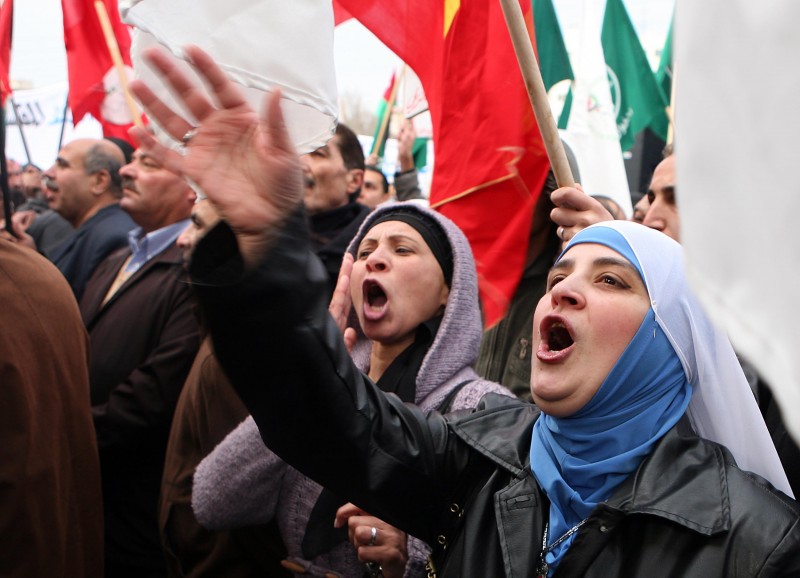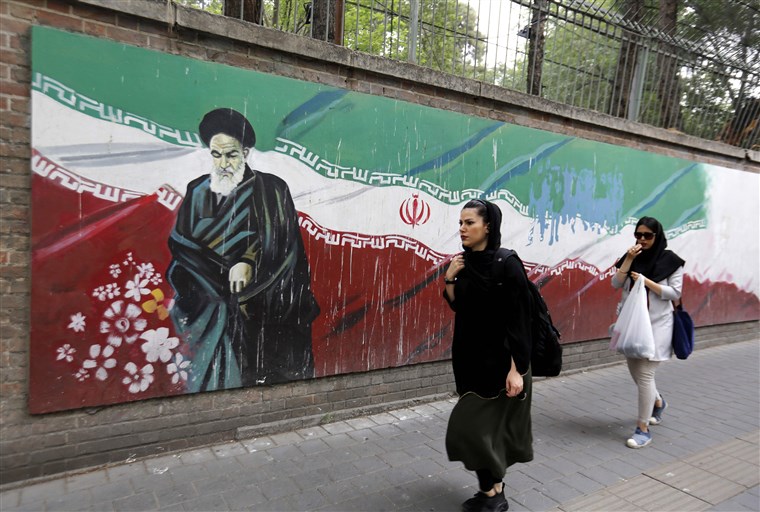JEDDAH: Saudi Arabia’s special governmental committee for awareness on dealing with unauthorized securities activities in the foreign exchange market (Forex) has warned against transactions and investments using virtual currencies.
The committee, assembled by a royal order, has warned that such transactions could have “negative consequences” on dealers because of the associated risk with such dealings that are “outside the monitoring umbrella within Saudi Arabia.
The committee said such virtual or cryptocurrencies that are traded through the internet, like Bitcoin and similar virtual currencies, are not approved in the Kingdom.
It said “allegations” on websites that promote investments in such currencies on the internet and social media platforms claiming that they are “authorized” by official authorities in the Kingdom are incorrect.
It warned citizens and residents “not to drift” behind Forex activities that exploit the public’s for fast earnings.
Source:http://www.arabnews.com/node/1355246/saudi-arabia


